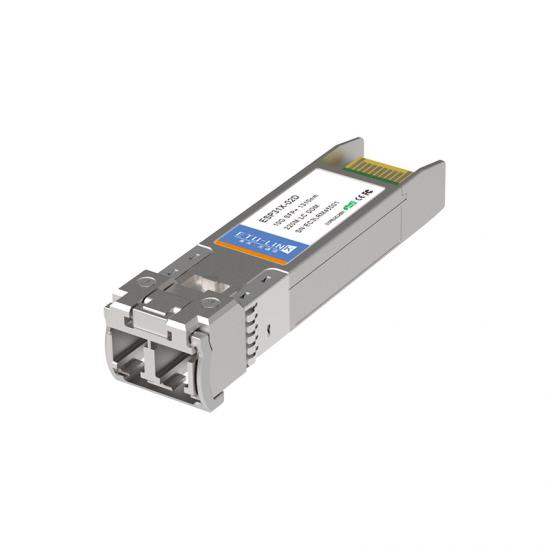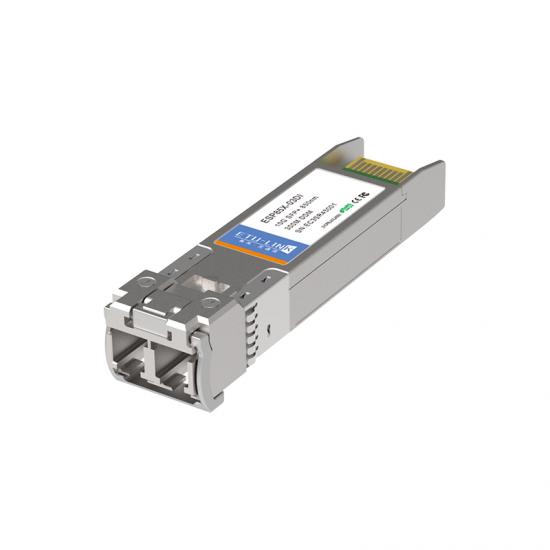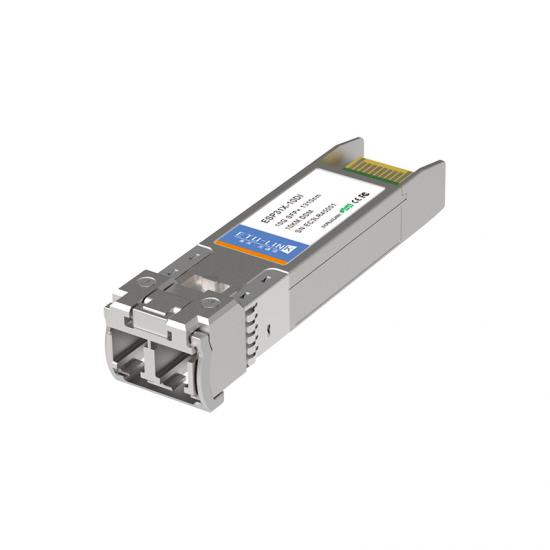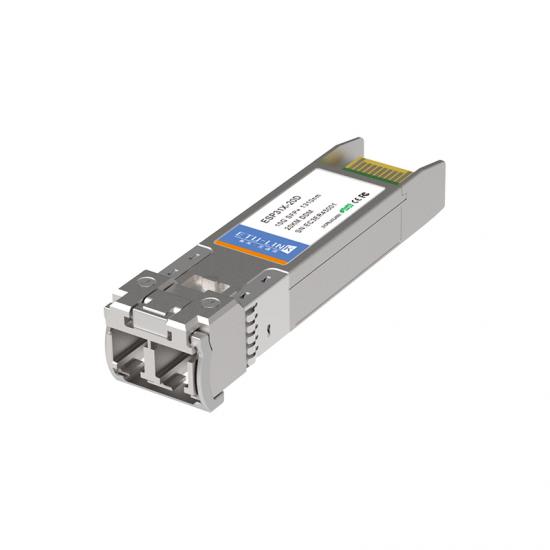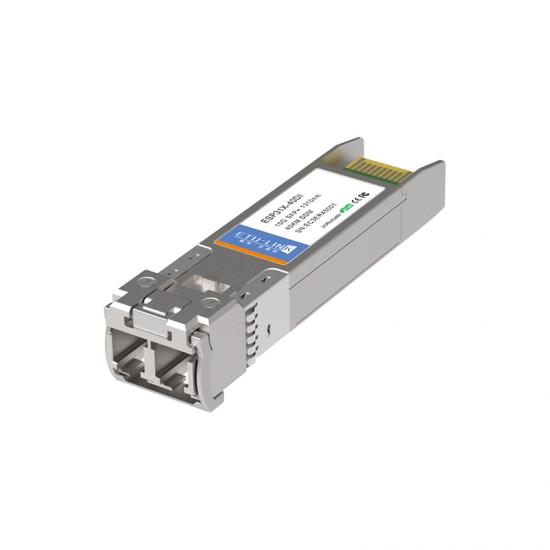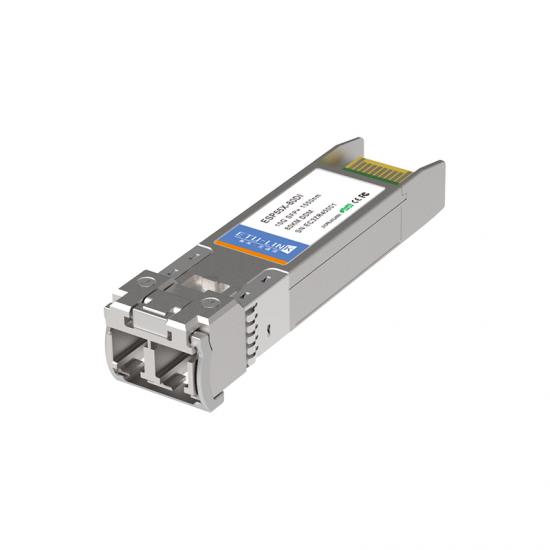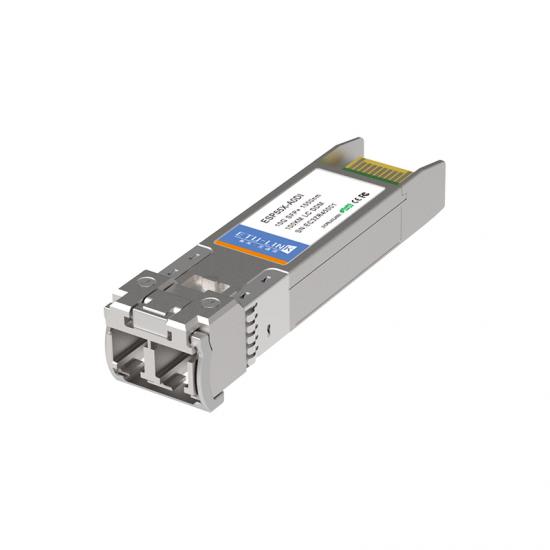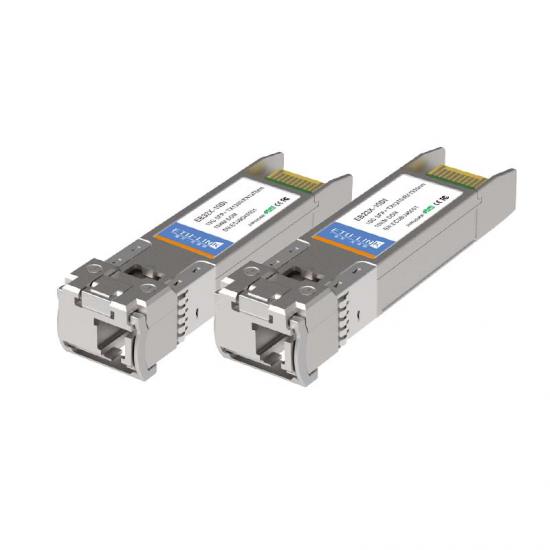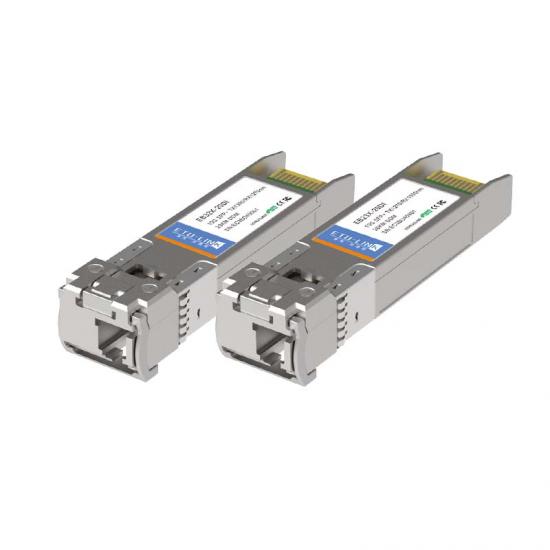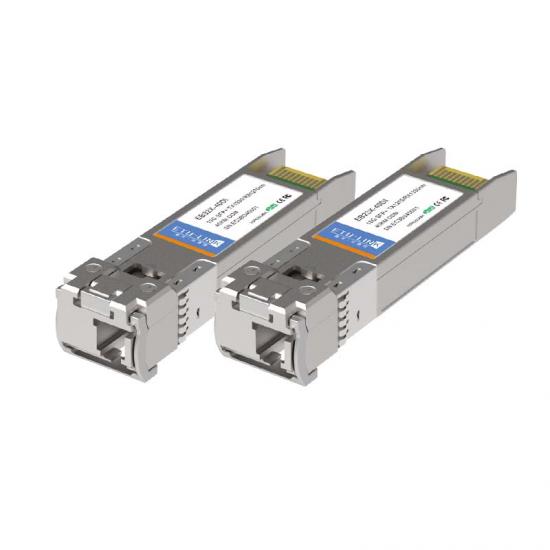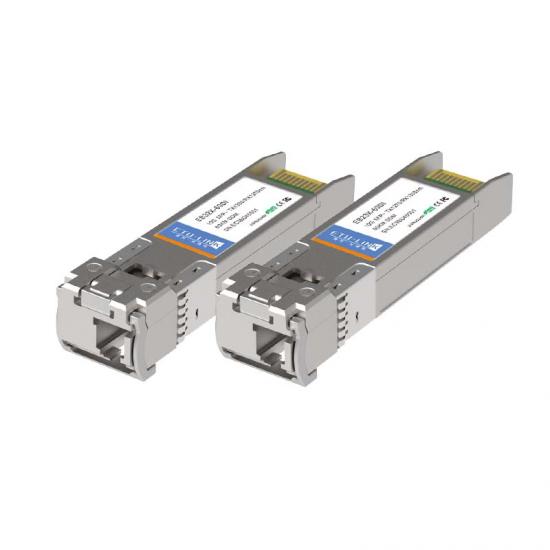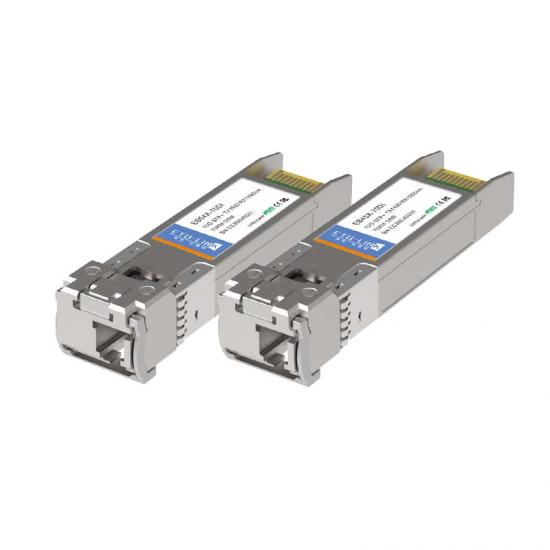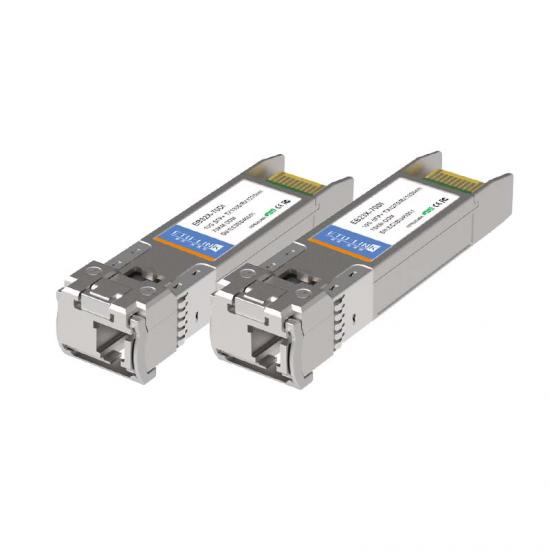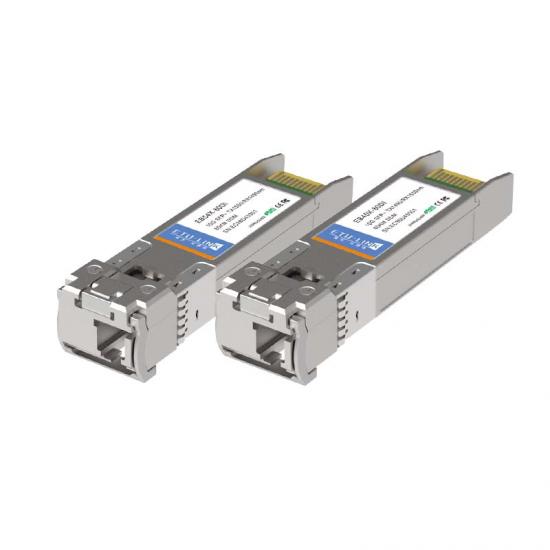SFP+: SFP+ is an upgraded version of SFP that supports higher speeds (up to 10G) and longer distances (up to 100km). SFP+ modules are widely used in data centers and network equipment.
-
-
-
-
-
-
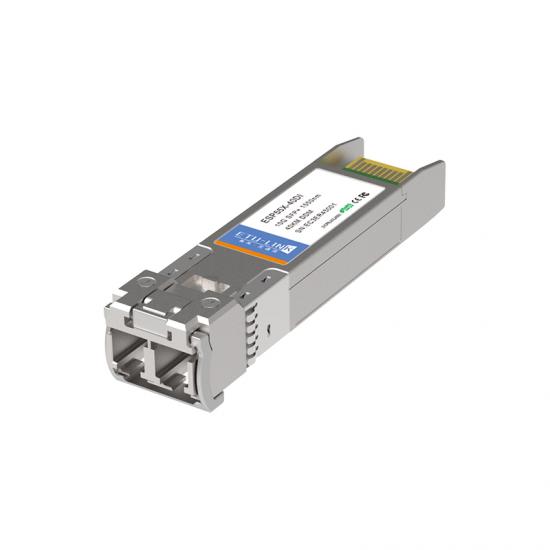
10G SFP+ ER 1550nm 40KM LC Optical Transceiver
Extended-reach optical module engineered for long-haul 10 Gigabit Ethernet applications. It supports data rates up to 10.3125 Gbps and achieves transmission distances of up to 40 kilometers.
-
-
-
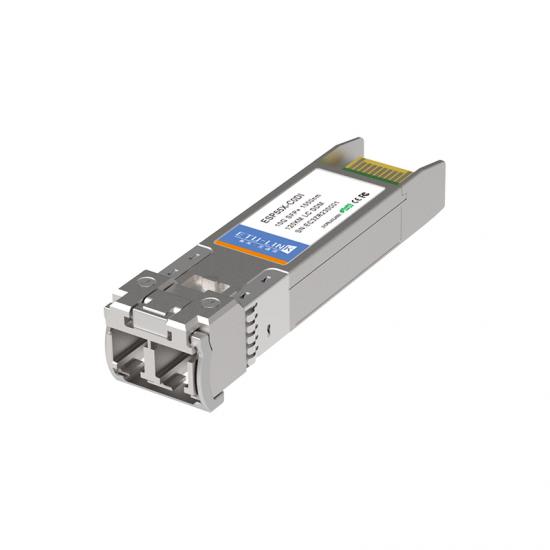
10G SFP+ ZR 1550nm 120KM LC Optical Transceiver
Ultra-long-haul single-mode optical module engineered for 10 Gigabit Ethernet and 10gbps SFP+ Transceiver. Compliant with 10GBASE-ZR/ZW specifications beyond the IEEE standard--10G SFP Module
-
-
-
-
-
-
-

